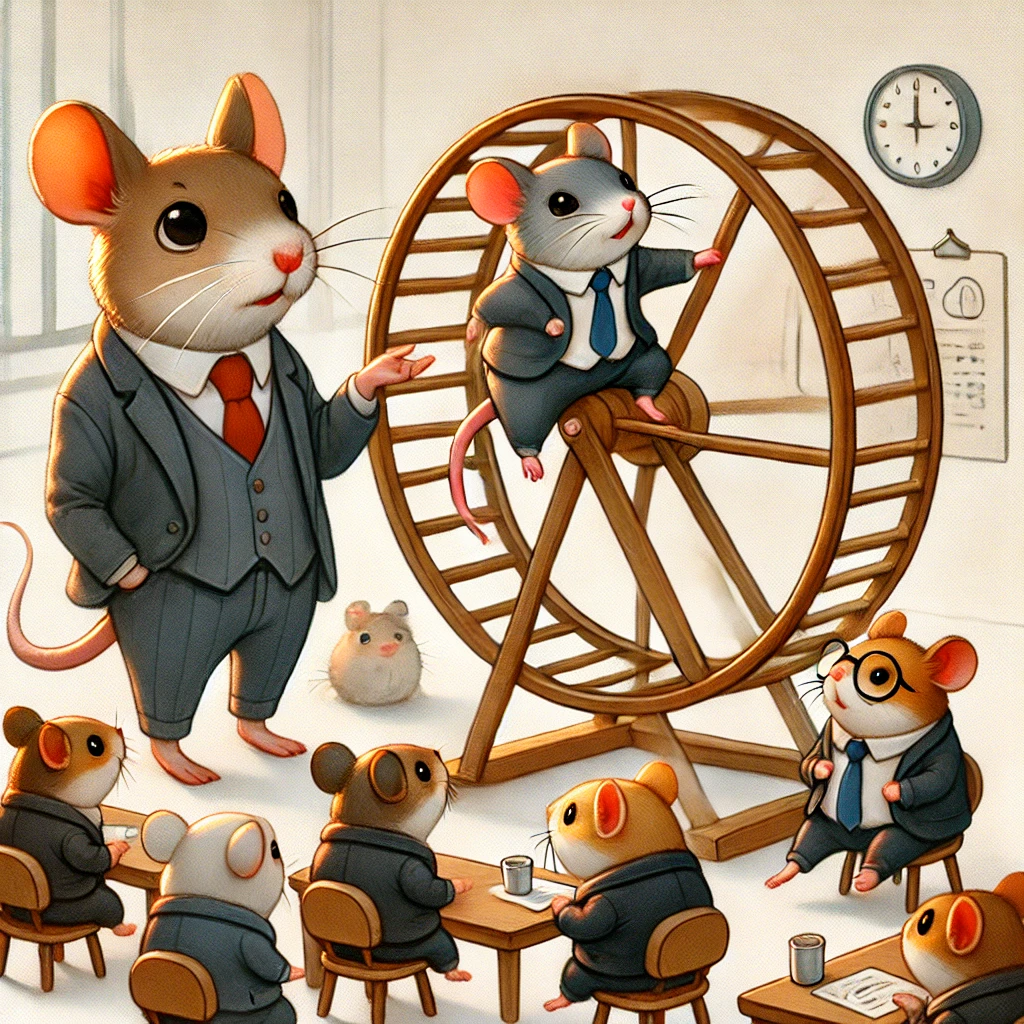Nailing a product demo isn’t just about showing off features—it’s about making your audience see the value, feel the excitement, and leave thinking, “I need this!” Whether you’re pitching to a Fortune 500 company or a scrappy startup, a killer demo can be your golden ticket to closing deals. Let’s break it down step by step, with insights from the pros and practical tips to keep your audience hooked.
1. Do Your Homework (Yes, It Matters)
Before you even think about launching that demo, prep like your business depends on it—because it does. As Oscar Santolalla, author of Create and Deliver a Killer Product Demo, points out, a one-size-fits-all demo is the fastest way to lose interest.
Pro Tips:
- Know your audience inside-out. What keeps them up at night? What problem are they dying to solve? Your demo should be their “aha!” moment.
- Customize like a pro. Tailor your pitch to their industry, their pain points, and their specific role.
- Start with the wow factor. Peter E. Cohan (Great Demo!) suggests skipping the slow build-up—get to the good stuff first.
- Tech-check everything. Nothing kills momentum like a glitchy screen share. Test your setup twice.
2. Hook Them in the First 30 Seconds
People have the attention span of a goldfish. Oren Klaff, author of Pitch Anything, says you need to grab attention fast or risk losing them completely.
Pro Tips:
- Lead with a story. Instead of “Our software integrates seamlessly with your CRM,” try “Imagine cutting your admin time in half—without changing a thing about your workflow.”
- Show the destination, not the map. Start with the result—how your product makes their life easier, faster, or more profitable.
- Make it a conversation, not a lecture. Get them involved from the start with a quick question or poll. We talked a bit about using some behavioral science techniques in our PMF survey article here.
3. Focus on Outcomes, Not Features
Let’s be real: No one cares about your endless list of features. What they care about is what those features do for them. Peter Cohan (Great Demo!) calls this “doing the last thing first.”
Pro Tips:
- Turn features into benefits. Instead of “We have AI-powered automation,” say “This saves you 10 hours a week by handling repetitive tasks automatically.”
- Show real-world use cases. Make it concrete. Walk through a scenario they can relate to.
- Stick to the rule of three. No one will remember 15 features, so focus on the three that matter most to them.
4. Make It Interactive—Demos Are Not TED Talks
A one-way demo is a snooze-fest. Oscar Santolalla suggests turning it into a dialogue rather than a monologue.
Pro Tips:
- Ask engaging questions. Instead of “Any questions?” (cue awkward silence), ask, “How do you currently handle this process?”
- Let them play. If possible, let them click around and experience the magic themselves.
- Adapt on the fly. If they’re leaning into a certain feature, spend more time there. Don’t stick to a rigid script.
5. Handle Objections Like a Pro
Objections are just stepping stones to a yes—if you handle them right.
Pro Tips:
- Validate their concerns. “That’s a great question. A lot of our clients had the same concern before they switched.”
- Use social proof. “One of our clients, [Company X], had the same challenge—and they saw [result].”
- Offer a follow-up. If you don’t have an answer, promise to get back with specifics (and do it fast).
6. Wrap It Up with a Clear Call to Action
Don’t just say “Thanks for your time” and hope they follow up. Alejandro Cremades (The Art of Startup Fundraising) says guiding them to the next step is key.
Pro Tips:
- Summarize the magic. Quickly recap the top benefits they saw.
- Give them a reason to act now. Offer a trial, a proposal, or a follow-up meeting.
- Make it easy. “Let’s schedule a quick call next week to answer any final questions—how’s Tuesday?”
7. Follow Up Like a Champ
The demo isn’t the end—it’s the start of a relationship.
Pro Tips:
- Send a thank-you email. Keep it warm and personal, not robotic.
- Share bonus materials. Send a quick video recap, a customer success story, or a relevant case study.
- Stay on their radar. Follow up within a few days with a quick check-in.
A winning demo isn’t about showing off—it’s about making your audience see the value and feel the excitement. Get straight to the point, keep it engaging, and make it about them, not you. Now go out there and wow your next potential client!
References
Books:
- Santolalla, O. (2018). Create and Deliver a Killer Product Demo. Apress. https://www.amazon.com/Create-Deliver-Killer-Product-Demo/dp/1484239539
- Cohan, P. E. (2005). Great Demo! How to Create and Execute Stunning Software Demonstrations. iUniverse. https://greatdemo.com/learn/books/
- Klaff, O. (2011). Pitch Anything: An Innovative Method for Presenting, Persuading, and Winning the Deal. McGraw-Hill. https://www.amazon.com/Pitch-Anything-Innovative-Presenting-Persuading/dp/0071752854
- Cremades, A. (2016). The Art of Startup Fundraising. Wiley. https://www.amazon.com/Art-Startup-Fundraising-Step-Step/dp/1119191831
Articles:
- Nutshell. (2021). How to Host a Product Demo (With Sales Demo Script Examples). https://www.nutshell.com/blog/how-to-host-a-product-demo
- American Express. (2022). How to Deliver an Engaging Product Demo. https://www.americanexpress.com/en-us/business/trends-and-insights/articles/how-to-deliver-a-killer-demo/
- Chili Piper. (2023). 12 Ways to Deliver a Product Demo that Converts. https://www.chilipiper.com/article/product-demo
- BeaconLive. (2022). 4 Tips for Interactive Product Demos That Win Deals. https://www.beaconlive.com/blog/4-tips-for-giving-an-interactive-product-demo-that-closes-deals
- Demio. (2023). Essential Product Demo Tips for Marketing Success. https://www.demio.com/blog/essential-product-demo-tips
